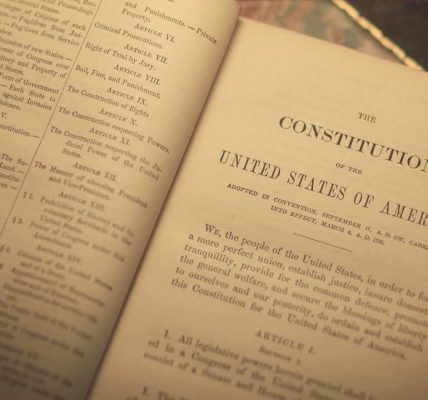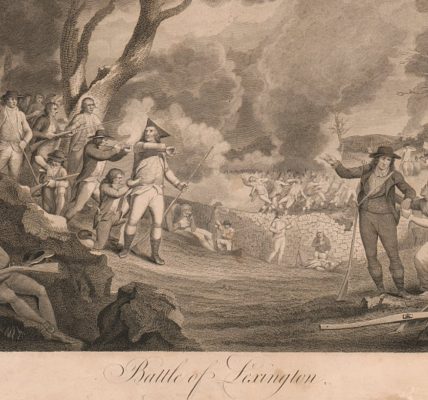“Their swords, and every other terrible implement of the soldier, are the birth-right of an American.”
If he’s even remembered at all today, people today generally look at Tench Coxe as the founder who forcefully advocated for the natural right to keep and bear arms. That, in and of itself, is worthy of admiration, but Coxe was part of a bigger story. He was one of the most influential supporters of the Constitution during the ratification debates.
Coxe wrote numerous essays in support of the Constitution throughout the ratification debates of 1787-88, and they were widely published in newspapers across the United States. While scarcely mentioned today, his work was far more influential at the time than the Federalist Papers, despite the latter being much better known in modern times.
Most significantly, his writing focused a great deal of attention on the Anti-Federalist assertion that the Constitution would lead to “consolidation” – the centralization of power in the federal government. He forcefully argued that the limited nature of the powers delegated to the federal government and the large body of powers reserved to the states would preclude consolidation.
In the process of making this case, he compiled the most comprehensive lists of specific federal and state powers found during the ratification debates.
Coxe covered a wide range of other topics in his various essays as well, including the structure of the Congress and the executive branch contrasted with Parliament and the Crown, the safeguards against a powerful standing army, the potential consequences of the failure to ratify, and the impossibility of satisfying all of the Anti-Federalist objections.
Coxe’s writing serves as a valuable resource today as we seek the original, legal meaning of the Constitution as understood by the founders and ratifiers, and the limits it places on the federal government.
Coxe, Originalism, and Understanding the Constitution
The way to understand the original, legal meaning of the Constitution lies in a process known as “originalism.” To read the Constitution through an originalist framework means we seek to determine how the people who ratified it and put it into legal effect understood it at the time. In other words, we adhere to what they believed they were agreeing to.
In a nutshell, comprehending the original, legal meaning of the Constitution, including the intent of any clause, word, or phrase in it, requires that we figure out how the people who gave it legal force understood it. We can do this out by studying the public debates that surrounded ratification.
Thomas Jefferson summed it up succinctly.
“On every question of construction let us carry ourselves back to the time when the Constitution was adopted, recollect the spirit manifested in the debates, and instead of trying what meaning may be squeezed out of the text, or intended against it, conform to the probable one in which it was passed.”
James Madison expressed a similar view in a letter to Henry Lee.
“I entirely concur in the propriety of resorting to the sense in which the Constitution was accepted and ratified by the nation. In that sense alone it is the legitimate Constitution.”
This means that reading the Constitution isn’t quite as simple as just “reading the words,” especially since the meaning of words changes over time.
Madison warned against seeking the meaning of the text “in the changeable meaning of the words composing it.”
“It is evident that the shape and attributes of the Government must partake of the changes to which the words and phrases of all living languages are constantly subject. What a metamorphosis would be produced in the code of law if all its ancient phraseology were to be taken in its modern sense!”
A number of sources can help flesh out the positions of both supporters and opponents during these public debates. There are detailed records of the ratification conventions in most states. We can also access a wide range of essays, newspaper articles, and pamphlets by both supporters and opponents of ratification, including Coxe’s work.
Dictionaries from the period help navigate the changing meaning of words. Legal sources from the period including law dictionaries and law books illuminate the legal framework within which the Constitution evolved. We can also study the sources that influenced the founding generation, including John Locke’s treatises and the work of other political philosophers, including Montesquieu, Vattel, and others.
In short, understanding the original, legal meaning of the Constitution requires some background knowledge. However, the average person can learn the basics by taking advantage of all the available resources.
After all, it is up to the people to keep the government within its constitutional limits. As James Iredell put it, “The only resource against usurpation is the inherent right of the people to prevent its exercise.” The people will have a far less difficult time responding to usurpation if they can first identify it.
Given Tench Coxe’s influence during the ratification process, his essays are an important source to help understand how the ratifiers understood the Constitution.








